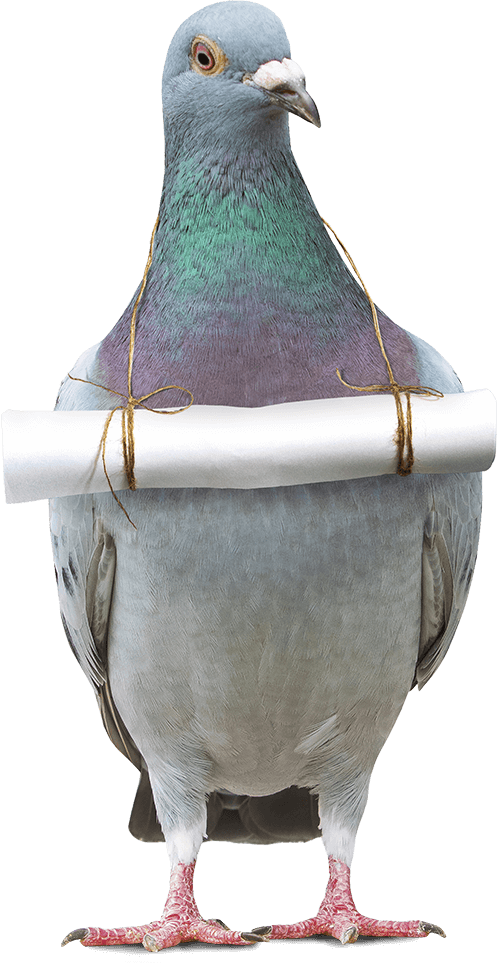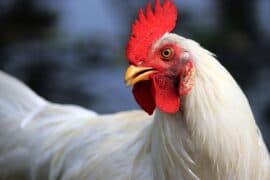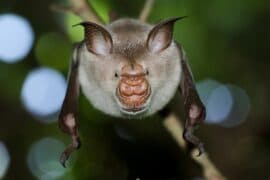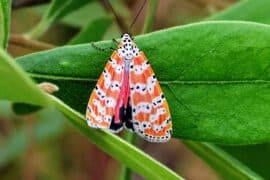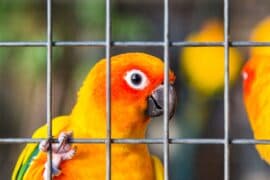Northern Baja deer mouse
(Peromyscus fraterculus)
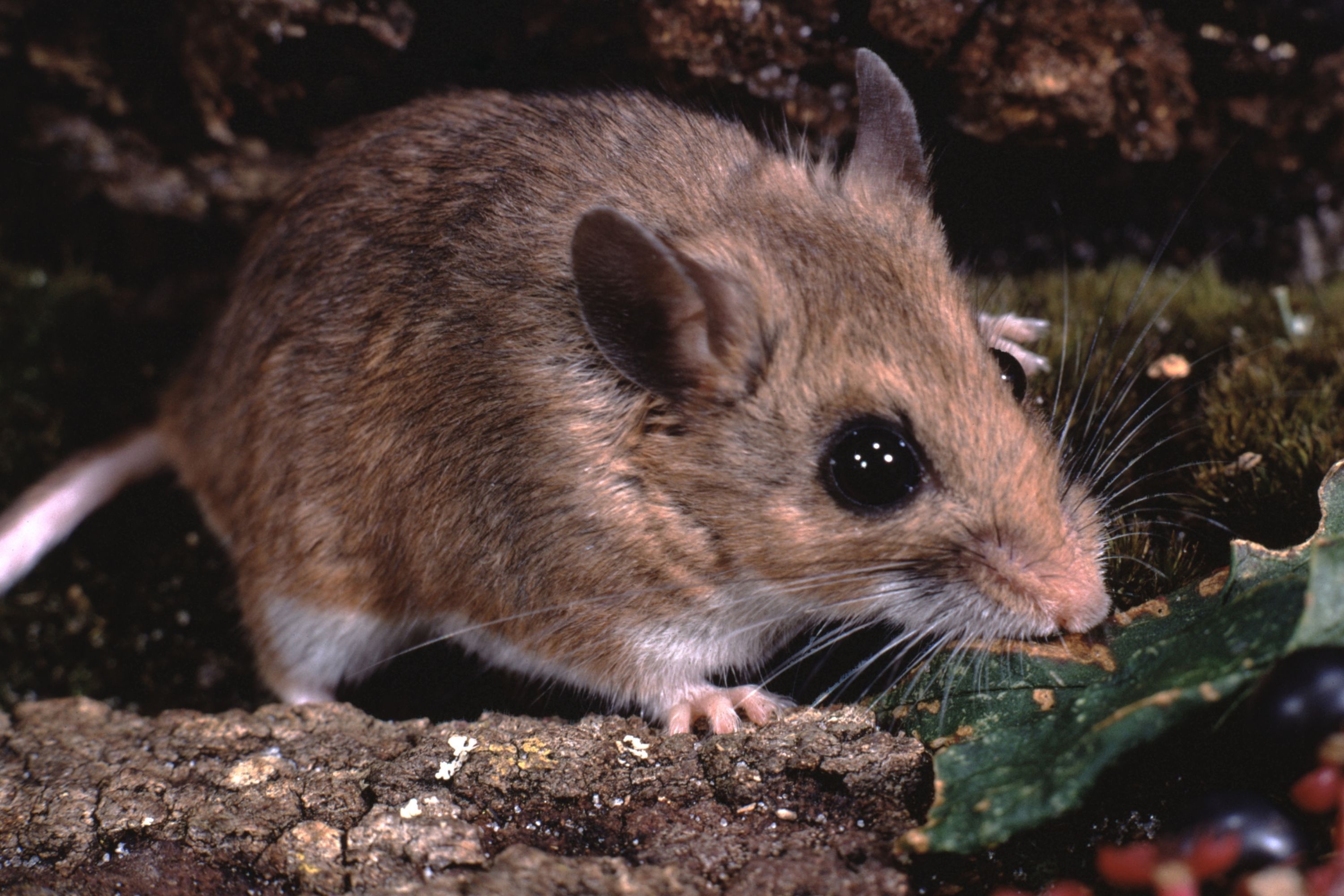
Description
The Northern Baja deer mouse (Peromyscus fraterculus) is a species of deer mouse native to Southern California and the Baja California peninsula as well as several islands in the Gulf of California. P. fraterculus was previously considered a subspecies of the cactus mouse (Peromyscus eremicus) prior to a 2000 study which identified genetic differences and suggested P. fraterculus is more closely related to Eva's desert mouse (P. eva) than to P. eremicus. Peromyscus is a genus of rodents. They are commonly referred to as deer mice or deermice, not to be confused with the chevrotain or "mouse deer". They are New World mice only distantly related to the common house and laboratory mouse, Mus musculus. From this relative, Peromyscus species are distinguished by relatively larger eyes, and also often two-tone coloring, with darker colors over the dorsum (back), and white abdominal and limb hair-coloring. In reference to the coloring, the word Peromyscus comes from Greek words meaning "booted mouse". They are also accomplished jumpers and runners by comparison to house mice, and their common name of "deer mouse" (coined in 1833) is in reference to this agility. The most common species of deer mice in the continental United States are two closely related species, P. maniculatus and P. leucopus. In the United States, Peromyscus is the most populous mammalian genus overall, and has become notorious in the western United States as a carrier of hantaviruses. The deer mouse came to the attention of the public when it was discovered to be the primary reservoir species for Sin Nombre hantavirus. A recent study in British Columbia of 218 deer mice showed 30% (66) were seropositive for Borrelia burgdorferi, the agent of Lyme disease. Ehrlichiosis and babesiosis are also carried by the deer mouse. While wild populations are sometimes studied, Peromyscus species are also easy to breed and keep in captivity, although they are more energetic and difficult to handle than the relatively more tame M. musculus. For certain studies, they are also favored over the laboratory mouse (M. musculus domestica) and the laboratory rat (Rattus norvegicus domestica). Apart from their importance in studying infectious diseases, Peromyscus species are useful for studying phylogeography, speciation, chromosomes, genetics, ecology, population genetics, conservation and evolution in general. They are also useful for researching repetitive-movement disorders.
Taxonomic tree:
